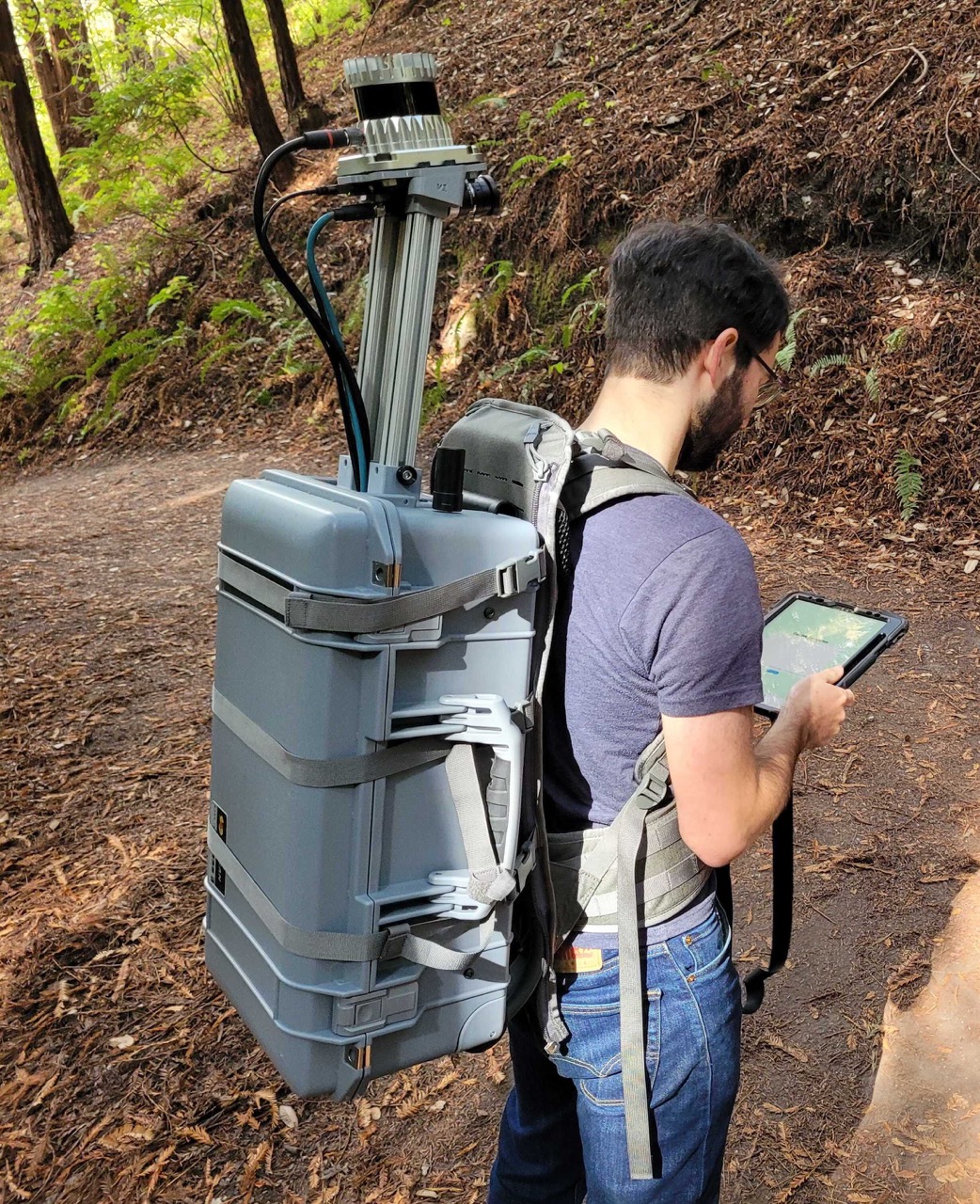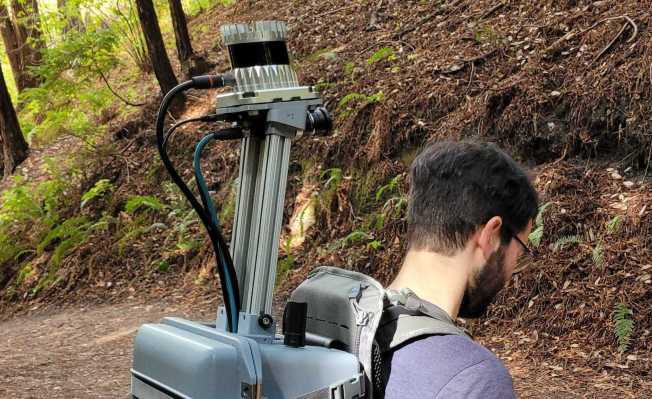It’s all good and well to sell a carbon credit, but if you chop down the tree representing that credit as soon as the money hits the bank account, it’s not exactly a win for the planet. Gaia AI is building a tool that can be used for that, and other aspects of forest management, using technologies usually seen in the autonomous vehicle space. The company just closed a $3 million round of pre-seed investment.
The company is currently using lidar and computer vision tech to gather data, but is ultimately building a data platform to tackle some of the big questions in forestry.
“In autonomous vehicles, cars don’t drive themselves off of just LiDAR, or radar, or computer vision. It’s by combining them that you can use the right sensor for the right task,” says Peter McHale, co-founder and CEO at Gaia AI in an email to TechCrunch. “Forestry is no different, and by working with measurements from satellite imagery, above-canopy drones, below-canopy LiDAR and computer vision and forester input, we can use the right measurement to solve the right problem.”

Gaia AI uses lidar and other tech to gather data about the forest. Image Credits: Gaia AI
The company was spun out of MIT, and is working to give foresters the tools they need to make data-driven decisions to optimize their bottom line. The company’s data can be used by timber operations, and Gaia AI claims that its technology makes it 100x faster to gather and act on the rich data the company is collecting, processing and reporting on.
Some of Gaia AI’s competitors — such as Treeswift — are using drones or satellite footage to try to approach the same problem space. Gaia’s solution is using multiple sources and approaches at once, and argues that’s a better way to see the forest and the trees.
“Most forestry measurement-related startups build up a single hammer and then try to argue that all the problems in forestry are a nail for that hammer. The problem with satellite imagery by itself is that it cannot see below the canopy of a forest, where the tree trunks are which hold the majority of the biomass and carbon of a tree. You need below-canopy data to unlock the value in satellite data, and make it not only scalable but also accurate,” says McHale. “The problem with making autonomous drones fly below the canopy is it involves taking on the hardest technical problems while not focusing on the real problems that forest managers have. For drones flying under-canopy in a forest, you will have an unhappy customer when they have to carry around a ladder to untangle the drone from the branches every time the perception system misses a thin branch.”

Gaia AI was part of the Battlefield 200 this year. Here, it is doing a two-minute pitch on the TechCrunch Showcase Stage. Image Credits: Gaia AI
Foresters have education and experience for how to manage forests, but are often left to do things that are a poor use of their time; a core tenet of Gaia is the idea that the measuring is best done by computers, and the forest managing is for the humans.
“Hugging trees with a tape measure is a waste of a forester’s time and skill set,” McHale suggests. “This is why we started by building a data-collection solution that plugs into forester workflows rather than tries to replace them. Our sensor backpack automates the manual measurements while keeping the forester in the loop, out in the forest, and then combines with satellite imagery to get both accurate and scalable measurements on a given forest.”
The company told us that timber companies have a high degree of data optimization at the lumber mills; cameras scan logs and software figures out how to cut it to maximize the amount of value that can be extracted for every tree. Trees are a renewable resource, and optimal utilization is better for the planet. That sort of optimization exists at the mill, but not out in the forest, Gaia AI points out.
“Longer term, Gaia AI will be the Google of forestry, utilizing advanced data capabilities to solve the biggest problems holding back the potential of nature and make timber companies a lot of money along the way,” says McHale. “This next year is a big moment for the company, and it’s important we execute well on our go-to-market in order to give this big vision our best shot.”
Gaia’s $3 million pre-seed funding round was led by E14, with participation from Ubiquity Ventures, Space Capital and SOSV’s HAX. It says it is in discussions with three of the largest timber companies in the world, with plans to deploy its backpack for pilot programs in Q1 of 2023.
